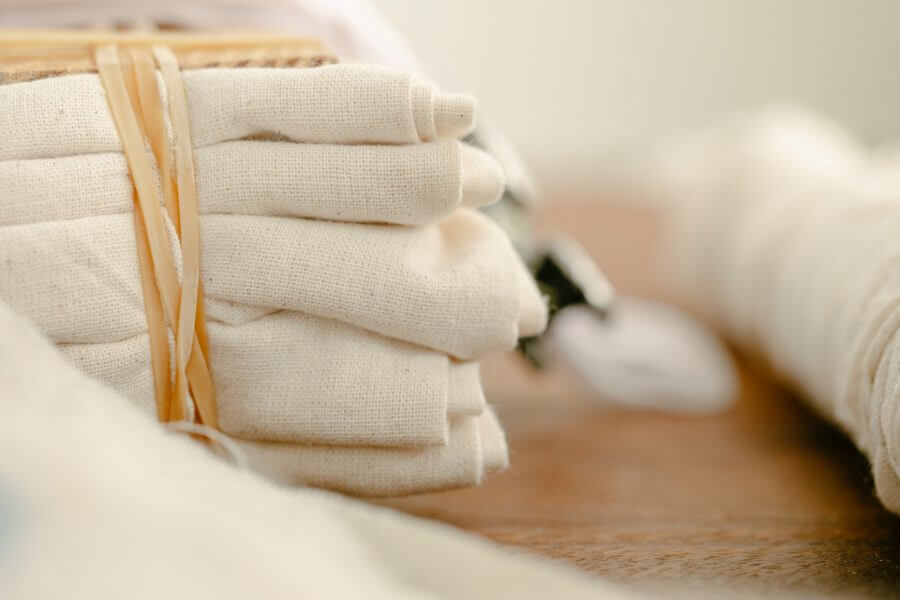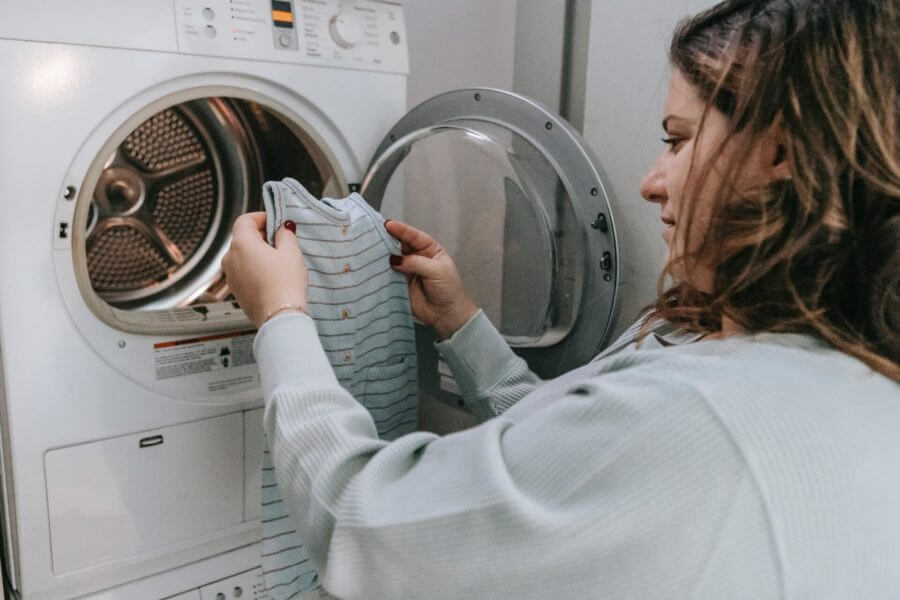

How to Keep Clothes From Wrinkling – Best Tips and Tricks
Posted in How-to,Moving Tips & Tricks on July 2, 2021
Both moving and traveling long distances confront us with the same problem – wrinkled garments. Perhaps you’ve come to think that the answer to “how to keep clothes from wrinkling” is non-existent, and you’re facing the fact that you’re going to go around looking like a crumpled piece of paper for days after you unpack. But there are a few tips and tricks that can help you prevent this nuisance.
One of the most popular pieces of clothing is a good old T-shirt, with a fascinating two billion sold every year worldwide. But the oldest clothing item is a loincloth, followed by the skirt, which is still very popular today. Any of these items (we’re not talking about loincloths here, but if it’s your thing, who are we to judge) is a pain to fold properly so it doesn’t get creased, but it’s doable. Learning how to prevent wrinkles in clothes is quite easy if you follow these intuitive packing tips and save yourself from a ton of ironing, among other things to do after moving.
How Do I Stop My Clothes From Wrinkling?
Approaching relocation has us thinking about a lot of stuff, from avoiding con artists and their moving scams to projecting your moving budget. Add the packing part on top of that, especially your wardrobe, and you might start to feel a bit overstressed. While you may get rid of some of your garments when you declutter your home, there are still full closets left to fold and place into boxes, which will only get crumpled and creased if you don’t do it properly.
Why Are My Clothes Always Wrinkled? Understanding Why a Certain Fabric Wrinkles
The first step to a stress-free move is avoiding any creasing of garments and laundry by understanding the fabric that it’s made from. Since most of us enjoy wearing clothing items made from more comfortable materials, we’re probably aware that some tend to get more wrinkly than others:
- Cotton is a fluffy and soft fiber used to make various textile products, from underwear to denim for blue jeans.
- Linen is a strong and absorbent material that dries much faster than cotton. It’s a perfect textile fiber for very hot weather.
- Rayon or viscose, while being synthetically made, derives from natural resources cellulose such as wood.
All of these fabrics are more prone to crease because they are highly absorbent, and when they get wet, their shape gets somewhat modified. They get all wrinkly after the water molecules evaporate.

Choose Wrinkle-Free Materials and Clothing
If you are one of those people that can wear whatever material while feeling (and looking) good in anything, the best way to resolve how to keep clothes wrinkle-free is to avoid any fabric that’s prone to creasing in the first place. Materials like lycra, nylon, and polyester are wrinkle-resistant, while also anti-microbial as well as quick-drying. This is good to know when you want to pack a bag of moving essentials, with a change of garments for each member of your family.

Make Packing Real Simple and Devoid of Creased Clothes
Both moving cross country and traveling have us sitting in front of our closets wondering how to pack clothing items, so we don’t have to keep an iron close by. Let’s face it, when we arrive and start unpacking, the last thing we want to do is spend time trying to straighten up each piece of garment. The reason behind wrinkles when it comes to almost all types of fabrics is friction, and you can prevent it by using packing paper or plain tissue paper. Place it between items such as shirts and pants when you fold them, and it will cut down on friction. This is one of the moving hacks you can also use when preparing your garments to be placed in a storage unit.
How to Pack Clothes Wrinkle-Free by Rolling
Perhaps you’ve never participated in the packing debate whether it’s better to fold or roll your laundry, but many people prefer rolling. If you don’t want any creasing at all, bring a steamer with you, and it will be your lifesaver. For those who don’t want to spend any time on straightening, the first step to proper rolling is to fold each item along the seams and thoroughly smooth out the wrinkles. When you’re sure it’s nice and straight (so it can be as straight when you unpack it,) roll your garments, and pack them. If you’ve never rolled your attire, you can see how it’s done in the following video.
Avoiding Wrinkles In Laundry When Washing and Drying Like a Pro
First of all, laundry will crease much more if it’s not dry enough, while improper sorting of materials that we put in the washer may also be the reason behind that wrinkly shirt you meant to wear to your job interview. The obvious type of sorting is to sort items by color, so always make sure you sort dark and white attire separately. The next step would be to separate the types of fabric by their weight. Heavier items such as a denim jacket will press down any lightweight shirt when it gets full of water in the washing machine while causing it to be overly creased.
Why Are My Clothes So Wrinkled After Drying? Avoid Wrinkling in the Dryer
Dryers are a girl’s best friend (or was it diamonds?) and should be on our household inventory list when we move. But simply owning one is not enough – we should get to know their cycles to use them properly. Each dryer cycle has a similar drying system where air heats and the drum tumbles items inside through the warmth. The difference between these cycles will determine whether your garments come out wrinkled or not.

How Do You Keep Your Shirt From Wrinkling When Sitting?
Your vehicle is being transported with an auto transport service, and you’re on a plane to your new address. You have your new shirt on, and now you’re wondering how to keep shirts from wrinkling when you’re sitting? Or any other piece of clothing? The best advice you can get is to remember to straighten your shirt and pants, dress, or skirt before you sit down and avoid crossing your legs and arms. Dresses and skirts may also get caught between our thighs, so make a conscious effort to avoid it. Or simply buy some wrinkle-resistant materials.

If You’re Moving Across the Country, Your Long-Distance Movers Will Know How to Keep Clothes From Wrinkling When Relocating
You’ve invested in cross-country moving services and paid for additional moving insurance to have peace of mind while your stuff is in transport, but you’re still wondering what to do with your garments? If you decide to pay for packing service, your cross-country movers will pack even your closets, and more sensitive pieces prone to creasing will probably be placed into specialized wardrobe boxes, so you will be saved from any ironing after you unpack.





